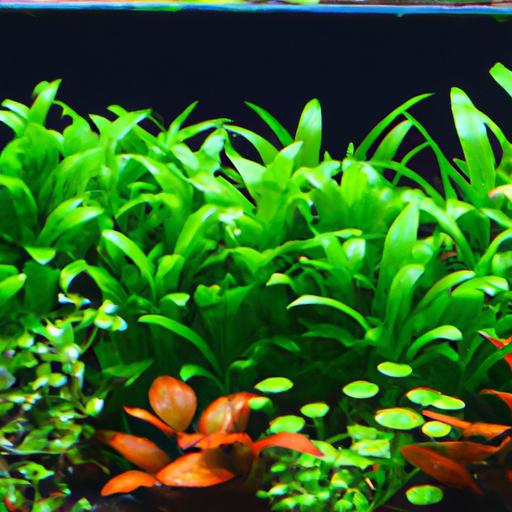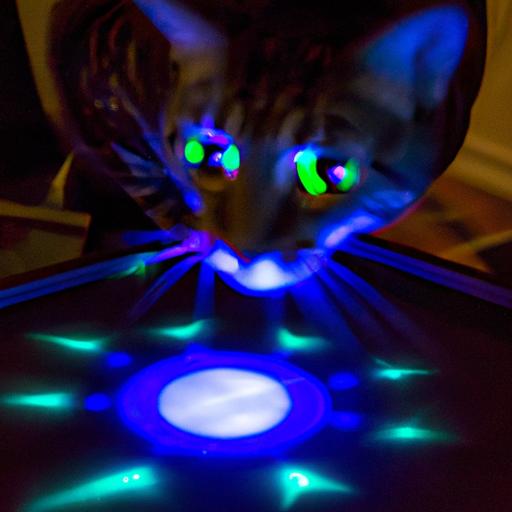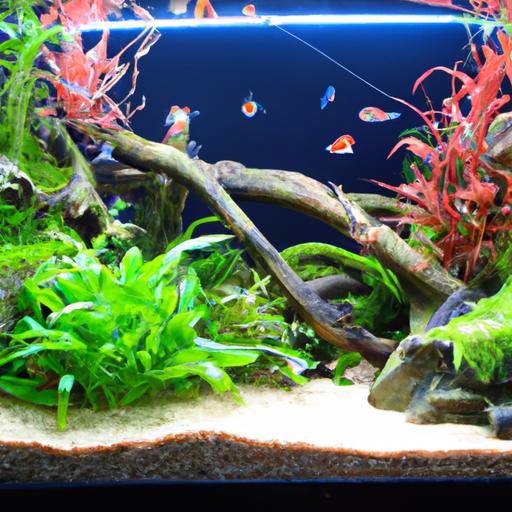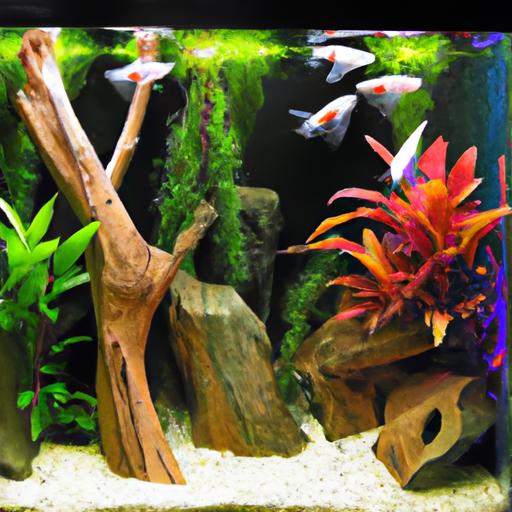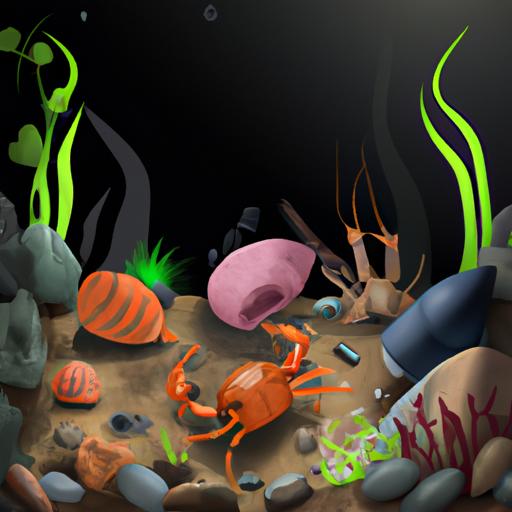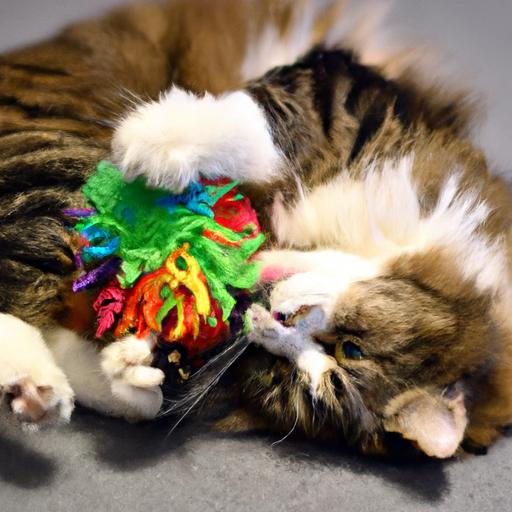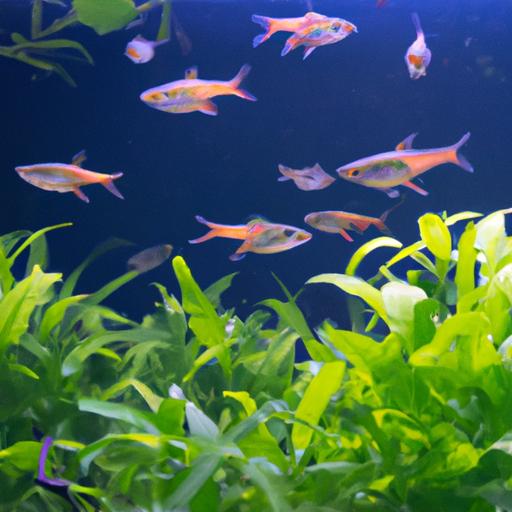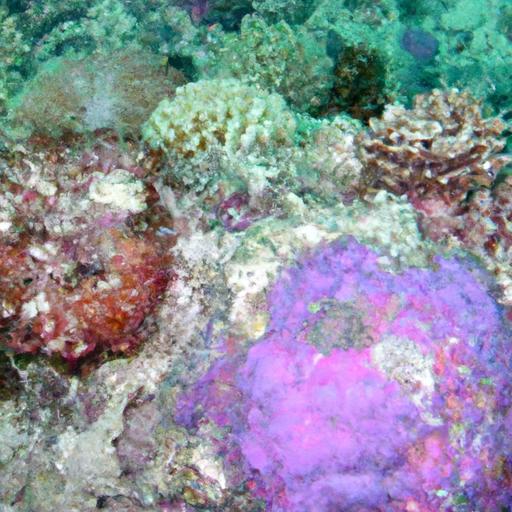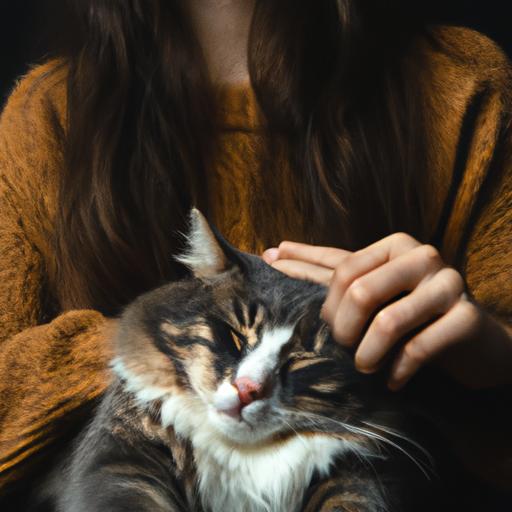
Positive Interaction with Vocalizing Cats: Building a Harmonious Bond
Discover effective techniques for positive interaction with vocalizing cats. Build a harmonious bond through understanding and responding to their vocalizations.
Introduction
Cats are fascinating creatures that communicate through various vocalizations. Understanding and positively interacting with vocalizing cats not only strengthens the bond between humans and felines but also promotes their overall well-being. In this article, we will explore effective techniques for fostering positive interactions with vocalizing cats, address common FAQs, and emphasize the importance of building a harmonious relationship.
Techniques for Positive Interaction with Vocalizing Cats
Creating a calm and safe environment
To establish a positive connection with vocalizing cats, it is crucial to provide them with a calm and safe environment. Ensure they have a designated space where they can retreat when they feel overwhelmed or anxious. Set up cozy hiding spots, comfortable bedding, and vertical spaces such as shelves or cat trees. By offering a secure environment, you create a foundation for trust and reduce stress levels for your feline friend.
Active listening and responding to vocalizations
Cats use vocalizations as a means of communication, expressing their needs, desires, and emotions. Actively listening to their vocal cues and responding appropriately helps strengthen the bond between you and your cat. Responding to their meows, chirps, or purrs with verbal acknowledgment or gentle touch reassures them that their communication is understood and valued. This responsiveness fosters a sense of security and reinforces positive interaction.
Engaging in interactive play sessions
Interactive play sessions are an excellent way to engage vocalizing cats and provide mental and physical stimulation. Use toys that mimic prey-like movements, such as feather wands or interactive puzzle toys, to encourage their natural instincts. Regular play sessions not only divert their attention from excessive vocalization but also create a positive association with you as their playmate. Remember to end the play session on a positive note to avoid overstimulation.
Providing mental stimulation and enrichment activities
Cats are intelligent creatures that require mental stimulation to prevent boredom and promote a positive mindset. Engage your vocalizing cat in enrichment activities such as puzzle feeders, treat-dispensing toys, or hiding toys around the house. These activities keep their minds active and provide a sense of accomplishment when they successfully solve the puzzles. By offering mental stimulation, you can redirect their vocalization towards more engaging and fulfilling activities.
Common FAQs about Vocalizing Cats
Why do cats vocalize?
Cats vocalize for various reasons, including communication, attention-seeking, expressing discomfort, or even boredom. Some vocalizations are more common, like meowing, while others, such as yowling or caterwauling, may indicate distress or mating behaviors. Understanding the context and accompanying body language can help decipher the meaning behind their vocalizations.
How can I differentiate between different types of vocalizations?
Differentiating between various vocalizations is crucial to understanding your cat’s needs. Meows often indicate general communication, while purring typically signifies contentment. Yowls and hisses may suggest fear or aggression. By observing the accompanying body language and context, you can better comprehend the message your cat is trying to convey.
Is excessive vocalization a cause for concern?
While some cats are naturally more vocal than others, excessive vocalization can sometimes be a cause for concern. Sudden changes in vocalization patterns or persistent, distressed vocalizations may indicate underlying health issues or behavioral problems. It is recommended to consult with a veterinarian to rule out any potential medical conditions and seek guidance from a professional behaviorist if necessary.
What should I do if my cat’s vocalization suddenly changes?
If your cat’s vocalization suddenly changes, it is essential to observe their overall behavior and health. Sudden changes in vocalization patterns may be a sign of distress or discomfort. Ensure they have access to food, water, and a clean litter boIf the change persists or is accompanied by other concerning symptoms, seek veterinary advice to rule out any underlying health issues.
Conclusion
Positive interaction with vocalizing cats is not only essential for their well-being but also for building a strong bond between humans and felines. By creating a calm and safe environment, actively listening and responding to vocalizations, engaging in interactive play sessions, and providing mental stimulation, we can foster harmonious relationships with our vocalizing companions. Remember, understanding their vocal cues and responding with care and empathy is the key to establishing a deeper connection and ensuring their happiness. Let’s embrace the beauty of vocal communication in cats and strengthen the bond we share with these incredible creatures.
















